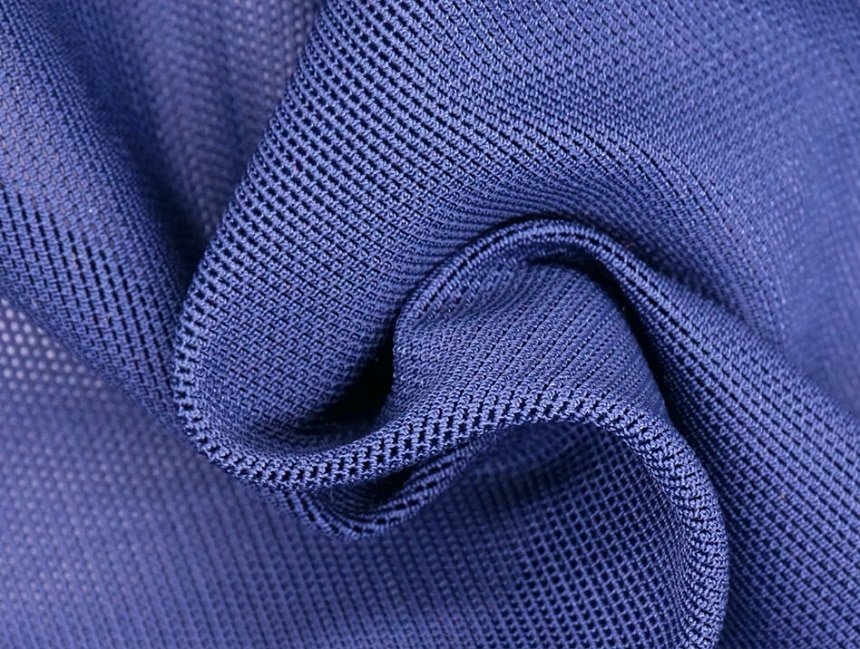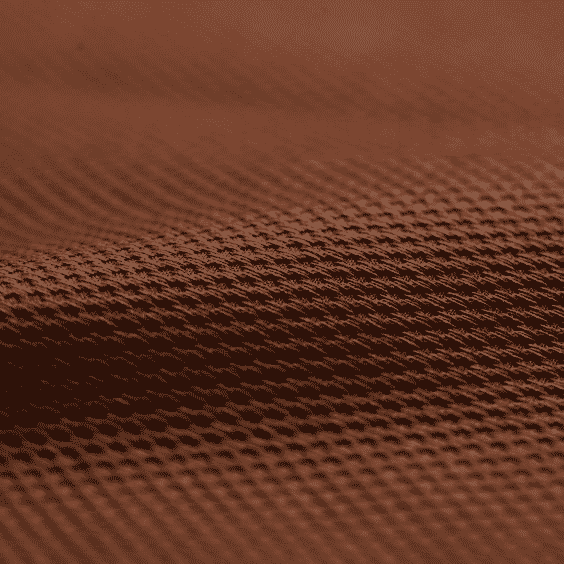Polypropylene Fabric: Properties and Background of Polypropylene Fabric (2024)
Do you know about polypropylene fabric? Polypropylene fabric is one of the most used fabrics in the fashion industry. Today we will let you know about polypropylene fabric and its properties in detail. What Is Polypropylene Fabric? Polypropylene fabric is a generic word for any textile product made from thermoplastic polymer polypropylene. This form of plastic is non-polar and somewhat crystalline, and it belongs to the polyolefin family. Polypropylene is the world’s second-most-produced plastic, behind polyethylene, and it’s more typically employed in packaging, straws, and other consumer and industrial goods than in textile production. Background of Polypropylene Fabric Phillips Petroleum, an American business, was the first to produce this form of plastic in 1951. When chemists Robert Banks and J. Paul Hogan tried to make gasoline from propylene, they created polypropylene by mistake. While the experiment was a failure, it realized that this novel compound has the potential to replace polyethylene in a variety of applications. However, it wasn’t until 1957 that the development of polypropylene into a mass-production-ready material. Giulio Natta, an Italian chemist, and a German colleague succeeded in synthesizing this material into an isotactic polymer in 1954, and the Italian company Montecatini rapidly began producing it for commercial and consumer use. Polypropylene was first marketed under the brand name “Moplen,” which is still a registered trademark of LyondellBasell today. However, polypropylene, or “polypro” for short, is a much more common name for this material. As polypropylene became increasingly widely used in a variety of consumer and industrial uses, it eventually realized that it could also use as a textile. Polypropylene fabric is a nonwoven textile, created without the need for spinning or weaving. The fundamental advantage of polypropylene as a fabric is its ability to transport moisture; this textile cannot absorb moisture and instead allows moisture to pass completely through it. Polypropylene fabric is one of the lightest synthetic fibers in existence. It is incredibly resistant to most acids and alkalis, and it melts at relatively low temperatures. Molten polypro fabric can cause serious burns, and this issue also makes it impossible to wash this fabric at high temperatures. How Is Polypropylene Fabric Made? Polypro, like other polymers, we normally manufactured from chemicals generated from hydrocarbon fuels such as petroleum oil. To make the polymer polypropylene, the monomer propylene we extracted as gas from crude oil and then subjected to a process called chain-growth polymerization. How Is Polypropylene Fabric Used? We can use Polypropylene plastic in thousands of different applications. This nonwoven fabric’s moisture-transferring properties have made it a popular textile for cold weather. Sportswear uses Polypropylene fabric, but issues with this type of plastic have made newer versions more popular. Polypropylene is a versatile material that can utilize in a wide range of applications. The moisture-wicking characteristics of this nonwoven fabric have made it a popular choice for cold-weather clothing. However, difficulties with this type of plastic have made newer versions more popular. Where Is Polypropylene Fabric Produced? China is the world’s largest exporter of polypropylene products at the moment. This country’s companies have generated $5.9 billion worth of polypro plastics in 2016, expected that this trend will continue for the foreseeable future. Beautiful Connection group is one of the best clothing manufacturers in the USA who produce the best women’s clothes. They work with every type of fabric, for example, Rayon, Silk, velvet, Polypropylene, etc. Germany produces a substantial amount of this material; in 2016, Germany produced around $2.5 billion in polypropylene, and Italy, France, Mexico, and Belgium are other big producers of this material. Polypro goods were worth $1.1 billion in the United States in 2016. Sinopec Group, situated in Beijing, and PetroChina Group, also based in Beijing, come in second and third, respectively, in this business. The top ten producers of this chemical account for 55% of total polypropylene production worldwide. We and others use Polypropylene in the manufacture of garments all around the world. China is the world’s largest producer of completed polypro textiles, and this type of fabric they used in garments and other materials in India, Pakistan, Indonesia, and other nations. How Much Does Polypropylene Fabric Cost? Polypro is one of the most extensively produced types of plastic, hence it is relatively inexpensive in large quantities. To dominate the global plastics market, a big number of distinct major firms compete with one another, driving prices down. Polypropylene fabric, on the other hand, is quite costly. The main reason for the price increase is a lack of demand. This type of fabric is more expensive for textile manufacturers than similar synthetic textiles, such as polyester, and these costs are high on to the end-user. However, it’s important to note that this price rise only applies to polypropylene fabric which we used in clothing. Various forms of polypropylene fabric that aren’t suitable for garments for selling at a low cost. These textiles are available in a wide range of colors and textures. What Different Types of Polypropylene Fabric Are There? To change the properties of polypro while it is still liquid, a variety of additives we can apply. Furthermore, there are two primary forms of this plastic: How Does Polypropylene Fabric Impact the Environment? The production and use of polypropylene have a decidedly negative impact on the environment. Polypro plastic derives from hydrocarbon fuels, which have limited resources. It takes hundreds of years for this substance to decompose, so it is not biodegradable. Polypropylene Fabric Certifications Available Polypro fabric is suitable for ISO 9001 certification, offered by the International Organization for Standardization, depending on the creation of. This company may also provide ISO 13485 certification for polypropylene goods used in medical applications. Furthermore, the ISO has a separate certification method for polypropylene. This standard, ISO 19069-1:2015, examines the tensility, impact resistance, and melt mass-flow rate of polypropylene to ensure that it meets basic requirements. The American National Standards Institute (ANSI) or NSF International might be able to certify this sort of plastic. So by now, we expect that you have known
Polypropylene Fabric: Properties and Background of Polypropylene Fabric (2024) Read More »





